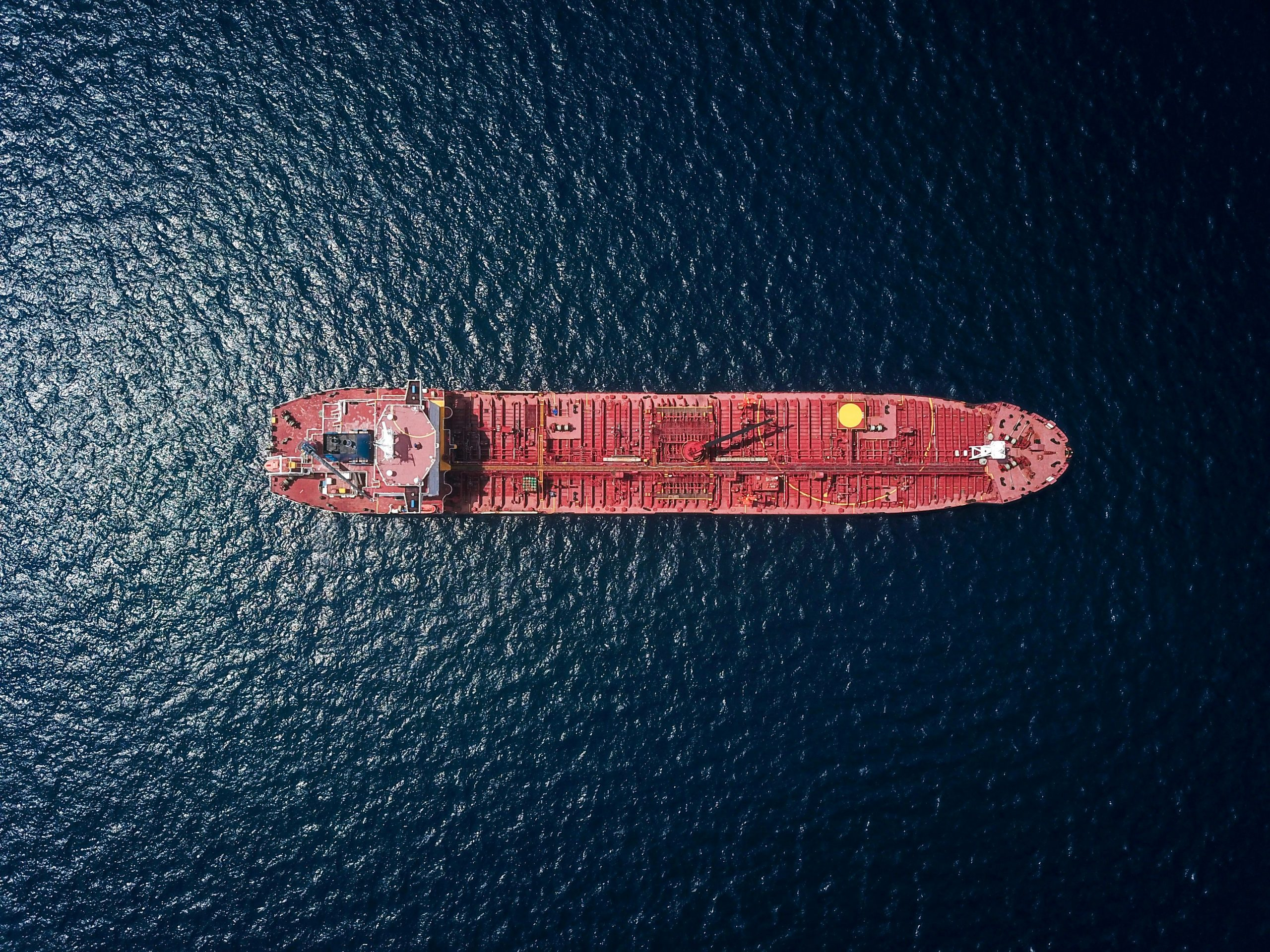Frictionless Delivery: Drones and Robots in Last-Mile Logistics
In today’s fast-paced world, the demand for e-commerce has steadily increased, leading to the rise of last-mile logistics. Last-mile logistics refers to the delivery of goods from a distribution center or warehouse to the final destination, the customer’s doorstep. This final step in the supply chain is crucial as it directly impacts customer satisfaction. However, traditional last-mile delivery methods are not always efficient or cost-effective, leading to delays, traffic congestion, and environmental concerns. To overcome these challenges, companies are turning to emerging technologies like drones and robots to achieve frictionless delivery. In this article, we will explore how drones and robots are transforming last-mile logistics and their impact on the industry.
Revolutionizing Last-Mile Logistics with Drones
Drones, also known as Unmanned Aerial Vehicles (UAVs), have been gaining popularity in recent years as a delivery method for last-mile logistics. With their ability to fly over traffic and obstacles, drones offer a faster and more efficient way to deliver small packages to customers. They can also cover a larger area in a shorter amount of time compared to traditional delivery methods, making them ideal for delivering items in remote or hard-to-reach areas.
Reducing Delivery Time and Costs
One of the biggest challenges in last-mile delivery is the time and cost involved in delivering goods to customers. With traditional methods like trucks and vans, deliveries are often limited by traffic conditions and the number of packages that can be carried at once. Drones, on the other hand, can bypass these limitations and deliver packages directly to the customer’s doorstep. This not only reduces delivery time but also lowers costs, as fewer resources are needed to make the delivery.
Improving Customer Experience
Drones also offer a more convenient and personalized experience for customers. With on-demand delivery options, customers can receive their packages within a specified timeframe, eliminating the need to wait for a courier to arrive. Drones can also provide real-time tracking, allowing customers to monitor the progress of their delivery and have peace of mind that their package will arrive on time.
Innovative Last-Mile Delivery with Robots
In addition to drones, robots are also making a significant impact on last-mile logistics. These automated machines use artificial intelligence (AI) and advanced sensors to navigate through streets and deliver packages to customers. Unlike drones, which are limited by weight and size, robots can deliver larger and heavier packages, making them suitable for a wider range of items.
Efficient and Cost-Effective Delivery
Similar to drones, robots provide a faster and more efficient alternative to traditional last-mile delivery methods. With their ability to navigate autonomously, they can avoid traffic and use the most efficient routes to deliver packages. This not only reduces delivery time but also lowers costs, as fewer resources are required for the delivery process. Furthermore, robots can operate 24/7, eliminating the need for human delivery drivers and reducing labor costs.
Enhanced Safety and Security
Another benefit of utilizing robots for last-mile delivery is the improved safety and security they offer. With advanced sensors and algorithms, robots can detect and avoid obstacles, ensuring safe and accident-free deliveries. They can also provide built-in security features, such as cameras and tracking systems, to prevent theft or tampering of packages.
The Future of Last-Mile Delivery
The integration of drones and robots into last-mile logistics is just the beginning of how technology will shape the future of delivery. With ongoing advancements in AI, robotics, and data analytics, there are endless possibilities for creating a truly frictionless delivery experience. For instance, some companies are exploring the use of self-driving vehicles and smart lockers to further enhance efficiency and convenience for customers.
However, there are also challenges that need to be addressed before these technologies can be fully implemented. These include regulations and safety concerns, as well as the need for proper infrastructure and integration with existing delivery systems.
In Conclusion
Drones and robots are revolutionizing last-mile logistics by providing faster, more efficient, and cost-effective delivery solutions. They also offer an enhanced customer experience and improved safety and security measures. As we continue to see advancements in technology, the potential for a truly frictionless delivery experience is within reach. Companies that embrace and adapt to these changes will not only improve their bottom line but also gain a competitive advantage in the ever-evolving e-commerce industry.











